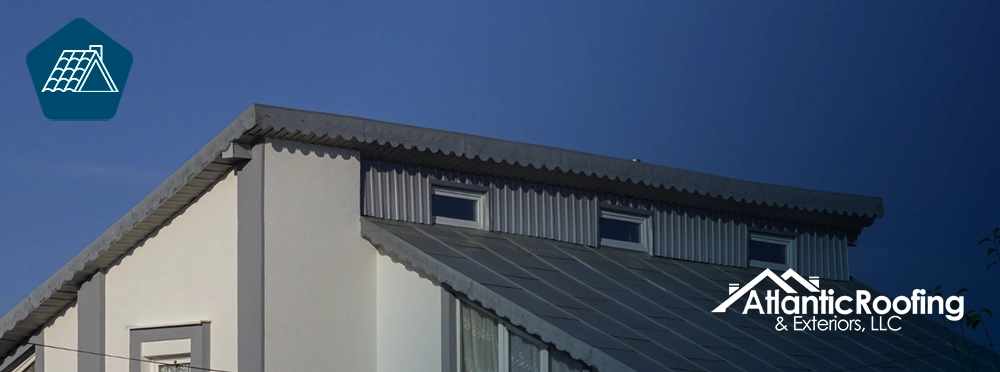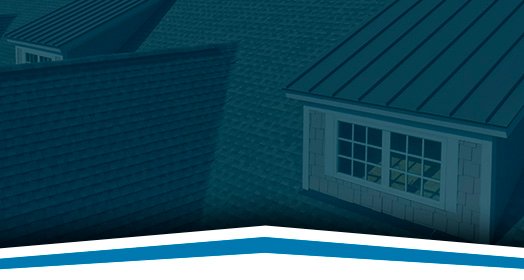
Common Mistakes in Residential Roofing in Gilchrist County
Table of Contents
- 1. Introduction
- Importance of a Well-Constructed Roof in Gilchrist County
- Common Roofing Mistakes and Their Consequences
- 2. Common Residential Roofing Mistakes in Gilchrist County
- 1. Choosing the Wrong Roofing Material
- Climate Considerations (Heat, Moisture, Storms)
- Recommended Materials (Metal, Clay/Concrete Tiles, Impact-Resistant Shingles)
- 2. Poor Ventilation Installation
- Consequences of Improper Ventilation
- Solutions for Balanced Airflow (Ridge Vents, Soffit Vents, Baffles)
- 3. Incorrect Shingle Installation
- Key Errors (Nailing, Alignment, Ignoring Guidelines)
- Best Practices for Proper Installation
- 4. Neglecting Roof Underlayment
- Risks of Skipping or Improper Installation
- Tips for Effective Underlayment Use
- 5. DIY Roofing Without Proper Knowledge
- Risks (Safety, Improper Installation, Voided Warranties)
- Importance of Hiring Licensed Contractors
- 6. Skipping Regular Roof Maintenance
- Common Oversights (Gutters, Leaks, Inspections)
- Maintenance Checklist for Homeowners
- 1. Choosing the Wrong Roofing Material
- 3. Conclusion
- Key Takeaways for Avoiding Roofing Mistakes
- Long-Term Benefits of Proper Roof Care
Introduction
A well-constructed roof is essential to protect your home from external elements, especially in Gilchrist County, where weather conditions can range from intense sun to heavy rains and occasional storms. Unfortunately, many homeowners and even some contractors make critical mistakes during roofing installation, repairs, or maintenance that can lead to costly damage and premature roof failure.
Next, we will explore the most common residential roofing mistakes in Gilchrist County and how to avoid them to ensure your roof remains in top condition for years to come.
Common Residential Roofing Mistakes in Gilchrist County
Choosing the Wrong Roofing Material
One of the biggest mistakes homeowners in Gilchrist County make is selecting roofing materials that are not suited for the local climate. Florida’s intense sunlight, high humidity levels, and frequent storms make it essential to choose materials that can withstand:
- High temperatures: Some materials, like dark asphalt shingles, absorb heat, increasing cooling costs.
- Moisture and mold: Poorly ventilated roofs can trap moisture, leading to mold and rot.
- Wind and storm resistance: Weak materials may not hold up against strong winds or flying debris.
The best options for Gilchrist County residents include metal roofing, which is highly durable and reflects heat, clay or concrete tiles that provide excellent insulation and storm resistance, and impact-resistant asphalt shingles, a cost-effective option for storm-prone areas.
Poor Ventilation Installation
A properly ventilated roof prevents heat and moisture from building up, which can warp decking, damage shingles, and increase energy bills. The most common ventilation mistakes include insufficient intake or exhaust vents, which creates poor airflow, and blocked soffit vents, often due to improper insulation installation.
In addition, some contractors install only exhaust vents without proper intake, which leads to negative pressure.
To prevent these issues, you should ensure a balanced system with ridge vents, soffit vents, and gable vents. In addition, you can use baffles to keep insulation from blocking airflow and consult a professional to determine the correct ventilation ratio for your attic.
Incorrect Shingle Installation
Even high-quality shingles will fail prematurely when not properly installed. The most common mistakes include:
- Improper nailing: Overdriven, underdriven, or misplaced nails can loosen shingles in strong winds.
- Incorrect alignment: Shingles must overlap properly to prevent water seepage
- Overlook manufacturer guidelines: Each shingle type has specific installation requirements that not everyone follows, leading to different issues.
To prevent these situations from happening, it is crucial to follow manufacturer specifications for nailing patterns and exposure, use the right number of nails per shingle (typically 4–6 for high-wind areas), and ensure proper starter strip installation to prevent edge lifting.
Neglecting Roof Underlayment
The underlayment is a waterproof barrier between the roof deck and shingles, and skipping or improperly installing it can lead to leaks and even structural damage. The most usual underlayment mistakes include:
- Using felt paper in high-moisture areas since synthetic underlayment is more water-resistant.
- Insufficient coverage, which promotes gaps and wrinkles that allow water penetration.
- Skipping sealing around penetrations, keeping in mind that vents and chimneys need extra waterproofing.
You should use synthetic underlayment for better durability, ensure complete coverage with proper overlaps, and seal all penetrations with flashing and waterproof adhesive.
DIY Roofing Without Proper Knowledge
Many homeowners opt for DIY roofing to save money, but without having the proper training, which implies risks such as:
- Safety hazards: Accidents like falls from roofs are the most common cause of construction injuries.
- Improper installation: Small mistakes can lead to major problems such as leaks and structural damage.
- Warranty limitations: Most manufacturers require professional installation to make warranty coverage effective.
The best you can do is hire licensed and insured roofing contractors in Gilchrist County, get multiple quotes, and check references before hiring.
After an extreme weather event like a hurricane or a storm, avoid storm chasers who offer quick, cheap, and subpar fixes.
Skipping Regular Roof Maintenance
Even the best roof will deteriorate without proper maintenance. The most usual maintenance mistakes include:
- Not cleaning gutters: Clogged gutters cause water backup and pooling, resulting in roof damage.
- Ignoring small leaks: Minor leaks can lead to mold and structural rot when not promptly and properly addressed.
- Not scheduling inspections: Annual checks are crucial to identify and address problems early.
It is essential to clean gutters at least twice a year and schedule professional inspections after major storms. In case your property is surrounded by trees, it is important to trim overhanging branches to prevent damage.
Avoiding Residential Roofing Mistakes in Gilchrist County
Preventing these common roofing mistakes can save Gilchrist County homeowners thousands in repairs and extend their roof’s lifespan.
Whether you’re installing a new roof or maintaining an existing one, always choose the right materials for Florida’s climate, ensure proper ventilation and flashing, and, of course, hire experienced professionals for installation and repairs.
In addition, keep in mind that performing regular maintenance is critical to prevent costly damage.
By taking these measures, you can protect your property and enjoy a functional, durable, weather-resistant roof for years to come.
Certified Installer for the Leading Roofing Manufacturers

IKO Select Certified Installer

CertainTeed Select Shingle Master Installer

GAF Gold Elite Contractor

Atlas Pro Select Certified Installer


